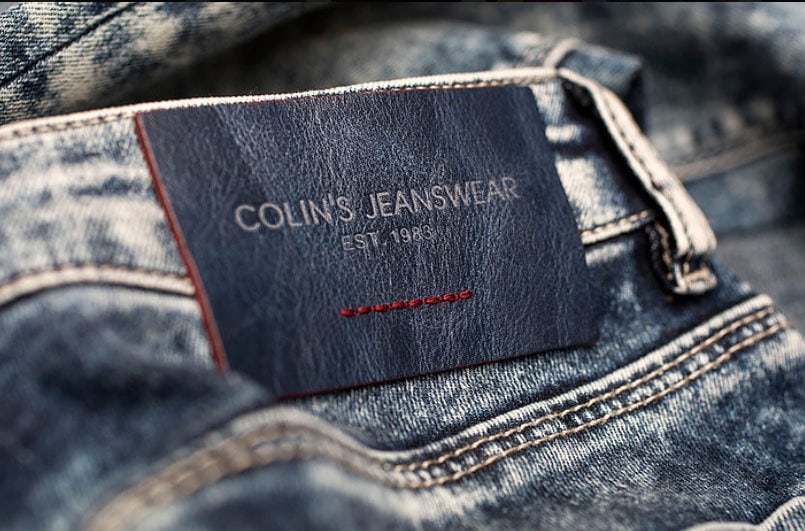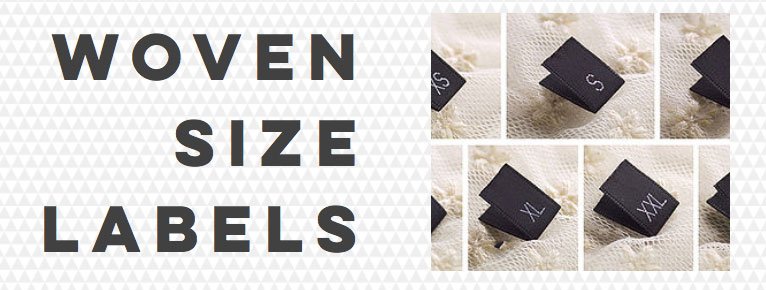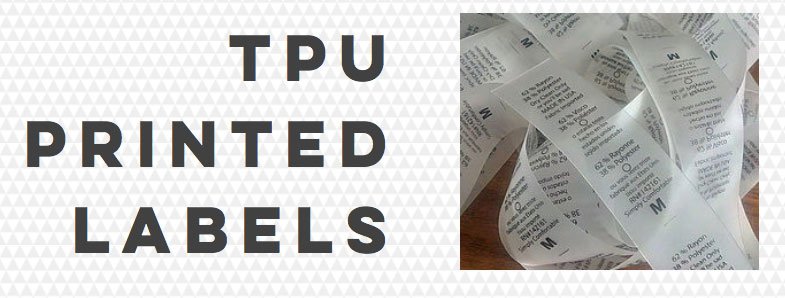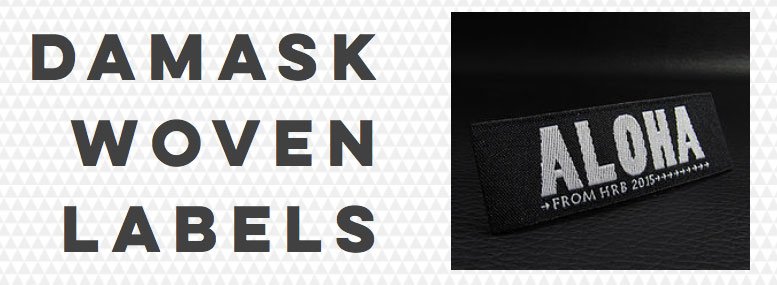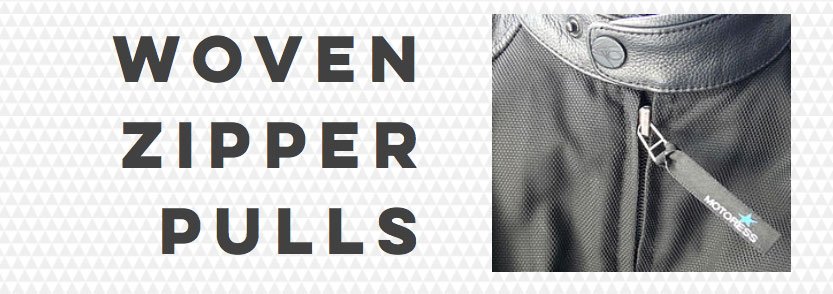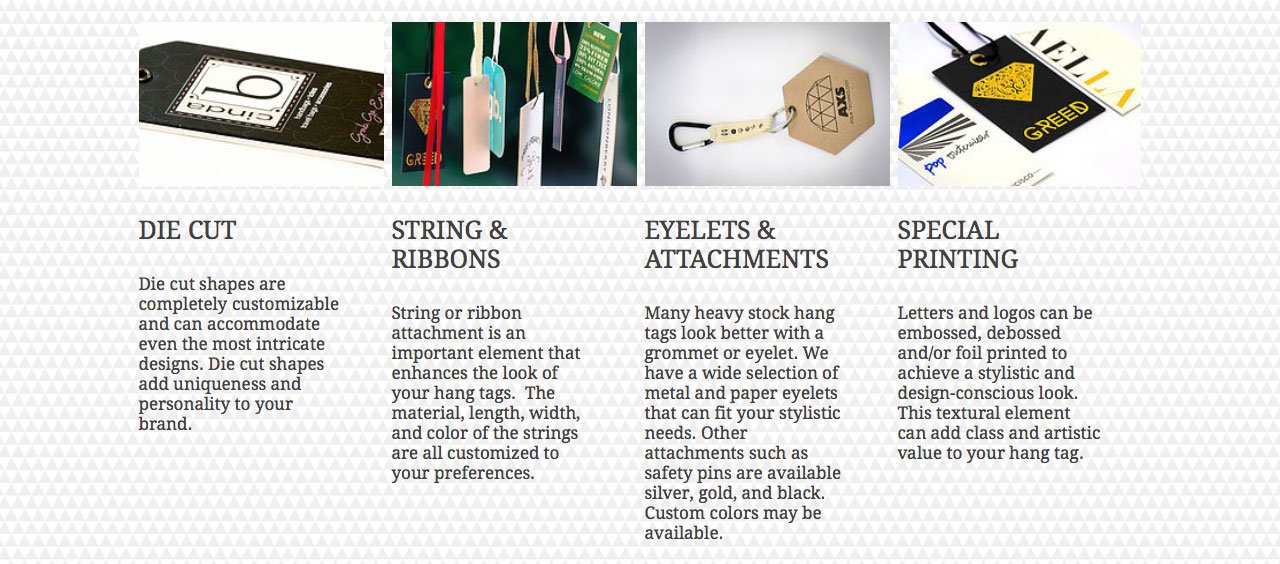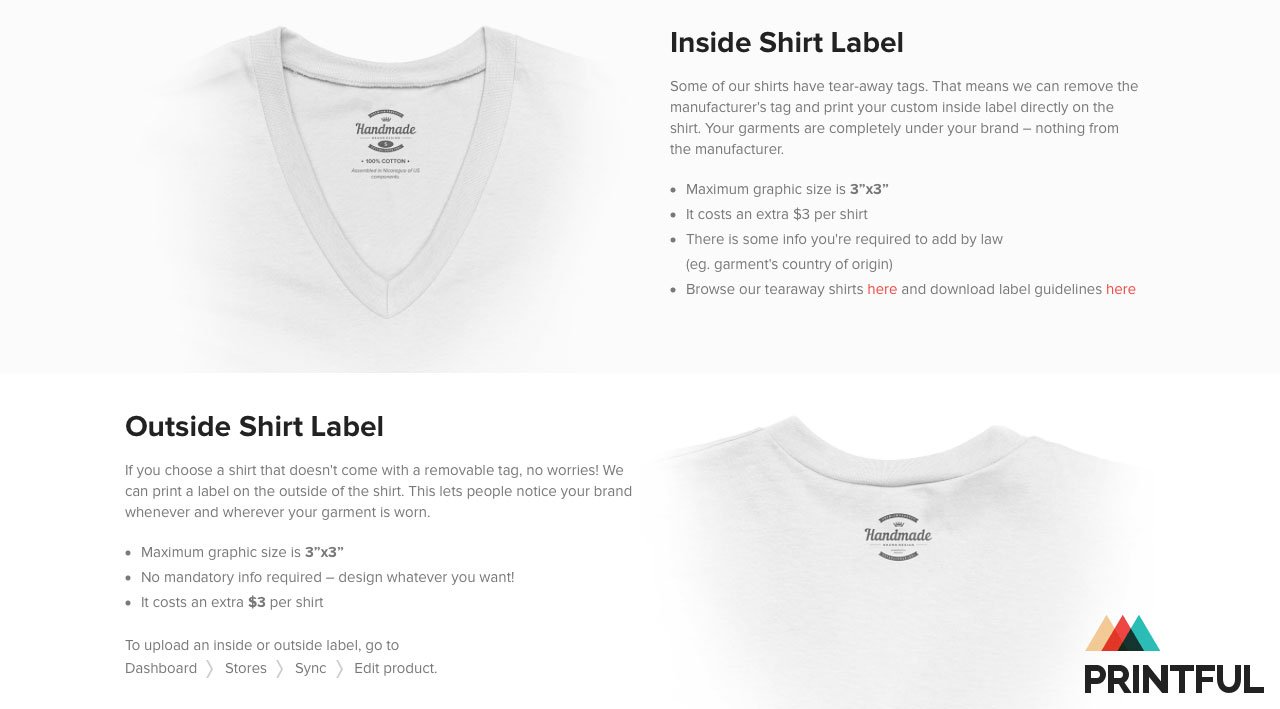Create Custom T-Shirt Labels for Your T-Shirt Business
There are many benefits to creating custom labels for your t-shirt business even though it may seem like a low priority when you are already handling manufacturing, marketing and distribution, but a high-quality label can add even more value to your products. Services like Textile Labels and CustomLabels4U make creating high-quality labels easy, so there is no reason not to take advantage of the benefits a professional label can offer.
Functions and Benefits
It may seem like a small detail, but a label can actually affect a customer’s decision to buy a shirt or even their enjoyment of the garment after the fact. Labels are essentially a company’s way of communicating with the customer specifically about the product, although they can also add an aesthetic touch and enhance the overall quality of a t-shirt. Labels can communicate all kinds of information, and the best part is you’re able to choose what kind of labels you want to use to communicate certain information to your customers. Let’s have a look at some of your options:
BRAND LABELS
Brand labels boast the brand name or logo of a company, which can not only help raise brand awareness but also add to the value of the t-shirt. For example, two different brands can sell the exact same white t-shirt but if one adds a brand label somewhere on the external side of the shirt it increases brand awareness as other people are able to see the brand name visibly displayed on the label, and thus increase the perceived quality of the t-shirt even though it’s the exact same shirt.
CARE LABELS
Care labels have a more functional purpose than brand labels. They inform the customer how to take care of the shirt with instructions on how to wash, dry, bleach, and iron it. Informing your customers on how to properly care for your products, while actually being required by law in most countries, will also cause your customers to get much more use and enjoyment out of the garment, and therefore be more likely to buy from your brand again in the future.
SIZE LABELS
Size labels simply communicate the garment’s size. These are a functional label that serve to help customers find the right t-shirt for their body measurements and although they may not be required by law in all countries they are very important to include on each garment and can usually be found on the inside of the garment.
COMPOSITION LABELS
Composition labels communicate the precise makeup of the shirt, giving the amount of each fabric or material used as a percentage. These labels are typically required by law in most countries and are a factor in determining the proper care instructions of the garment and sometimes justify the cost of an item. Composition labels are also important to include because some customers may have special requirements for the type of fabric they can wear on their body and need to know what fibres the garment is made up of.
USING MULTIPLE LABELS
Since different labels are used to communicate different kinds of information, it’s common to include multiple labels on a t-shirt, depending on the information you wish to communicate with your customers. Some functional labels such as the care and composition of the garment are required to be included (those can be included on the same label if you wish) but you may want to have another label on your t-shirt such as a brand label, so you’d likely want that to be separate from the care and composition labels. It’s up to you how many labels to have on your t-shirts and whether you want to place them internally or externally on the garment.
Label Placement
You are probably most familiar with the standard woven or printed label on the inside collar of a t-shirt, but this is far from the only option. That is usually a good placement for care, composition or size labels, but if you have a brand logo label you may want to display it more prominently. Brand labels are often placed on the back of the outside of the shirt or even on the side of the sleeve or the hem.
Most of the time, labels on the inside of a t-shirt communicate information like size and fabric composition while outer labels are used for branding or just to add an extra touch of style. A custom label on the outside of a t-shirt not only promotes your brand but can add to the design and give your shirts a more professional feel.
The cut and fold of your labels will affect where you want to place them and what information they should have on them.
- The most common is the Center Fold Label, a woven label usually attached into the inside of the collar. These tend to have the brand or logo on one side and care and composition information on the back.
- An End Fold Label has the sides tucked in to give it a “finished”. These can be placed internally or externally on the garment and should be used either for branding or to communicate small pieces of information as they aren’t very large.
- A Straight Cut Label has no folds at all, allowing all sides and corners to be sewn on flat. These are typically placed on the outside of the shirt to give the appearance of a stylish patch and are usually reserved for logos as they’re neat and decorative.
- A Manhattan Fold Label is similar to a Center Fold Label except there’s an additional fold at the top to give it a more finished and reinforced look.
- A Mitre Fold Label is similar to an End Fold Label, however the tag hangs down a bit farther instead of going straight across. Again, this type of label is typically used for branding purposes only as it’s small.
- A Loop Fold Label can usually be found on the inside of the shirt either on the right or left hand seam but closer to the hem. These types of labels can be quite large and since they’re more out of sight than labels placed in the collar of the shirt they usually have the care and composition information on them.
Types of Labels
There are many kinds of labels that you can add to your shirts. The best option depends on the quality and look you are going for, as well as how much you want to spend.
WOVEN LABEL
The most common and the industry standard, woven labels tend to be on the cheaper side but get the job done just fine. Normally sewn on, you can also find iron-on woven labels which are cheaper but not as durable. Woven labels vary in quality, with damask woven labels usually being the most high-end but also the most pricey.
COTTON TWILL LABEL
Similar in function and style to a woven label, a cotton twill label has a more natural, organic feel. They often have authentic-looking frayed edges to give clothes a more rugged look. As labels go, they are some of the softest and most durable.
PATCH
A prominent label usually used for branding, patches can be made of fabric, silicone, or even metal, with silicone and metal being the more expensive options.
ZIPPER PULL
A label that comes attached to a zipper. T-shirts usually do not have zippers, but if you carry other products such as hoodies you might consider this option. Metal or acrylic zipper pulls are expensive and usually meant to be torn off after purchase, while some woven zipper pulls are designed to be left on.
HANG TAG
Like a zipper pull, a hang tag is attached to a garment and meant to be torn off after purchase. They are usually made of cheap card stock.
LEATHER & FAUX LEATHER LABELS
Usually the most expensive label option but also the best-looking, they can add a high-quality touch to garments.
DIRECT PRINTED LABEL
Instead of having any sort of attached tag, you may opt to print brand or care information right onto the shirt itself. This is usually done in the inside collar, but depending on the look you’re going for it can be done externally as well. It’s a cheap option and guarantees your customers will not be annoyed by any fabric tags that can irritate their skin, but it’s usually not suitable for high-end clothing as it can cheapen the overall look of the garment.
Conclusion
When you start mixing and matching label functions, placements and types you may feel overwhelmed by the wide array of possibilities. Instead, see labels as an opportunity to add your own personal touch and branding to your products. You are fairly limited when it comes to the shape and size of a t-shirt and customers have certain expectations about fabrics and fit, but labels are your chance to make your mark on a t-shirt and add touch of style.
Thanks for taking the time to read this post. We’d love to hear from you! Please leave a comment below and let us know your experiences with t-shirt design software.
Pin this post for later! 
